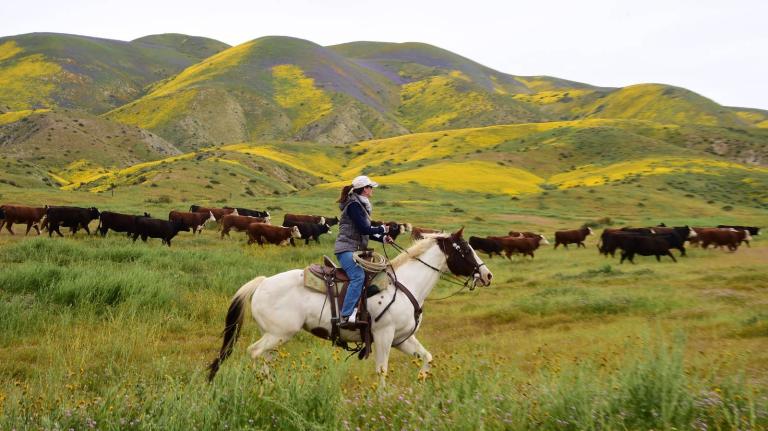In the United Kingdom, some species of bees, ladybugs, and spider populations are declining at faster rates in protected natural areas. That’s according to a new study that shows protected areas in the U.K. are as vulnerable to biodiversity loss as their unprotected counterparts.
The report from researchers at the United Kingdom Centre for Ecology and Hydrology and the University of Sheffield, shows that protected areas — which have been seen as key to protecting biodiversity — can be effective at protecting rare species, but have been unsuccessful in protecting common species.
“It is worrying, as you would expect species to show more positive trends in protected areas,” said Rob Cooke, lead author of the study. “It should serve as a warning as today’s common species can be tomorrow’s rare species.”
In the U.K., data shows that on average, three species are lost each decade in protected areas while in unprotected areas, only two species per decade. Researchers say this phenomenon in protected areas could be explained by external factors like climate change and the steady encroachment of development along protected borders. However, researchers also say protected areas in the U.K. have nearly double the number of rare species than their unprotected counterparts.
The report comes amid a global push to protect 30 percent of the planet’s land and water by 2030, known as the 30×30 plan. Data on the U.K.’s protected areas suggest that as the country works toward that goal, how areas are protected is as important as their size. At the recent United Nations biodiversity conference, delegates from nearly 200 countries agreed to formalize 30×30. But many environmentalists say more ambitious targets should be set to protect the world’s remaining biodiversity while Indigenous peoples say a failure by world leaders to recognize Indigenous rights, territories and knowledge has led to land grabs and human rights abuses.
According to a 2022 progress report on 30×30, the U.K. has made little progress on its 30×30 goals with just over 3 percent of the country’s land, and 8 percent of its waters, effectively protected. “Unfortunately, our figures show that in the race to halt nature’s decline by 2030, the government is limping backwards. At this rate, the government’s prospects of effectively protecting 30 percent of the land and sea for nature by 2030 are vanishing,” said Richard Benwell, CEO of Wildlife and Countryside Link, the organization behind the report.
The study’s authors recommend evidence-based management of protected areas to ensure they remain effective, rather than simply measuring the area covered. This could include developing more robust monitoring networks and improving site-level data collection. They also stress the need for greater protection for common species. “I think the positive thing we can take from this is that we have a clear opportunity to make protected areas better for biodiversity,” Cooke said.



